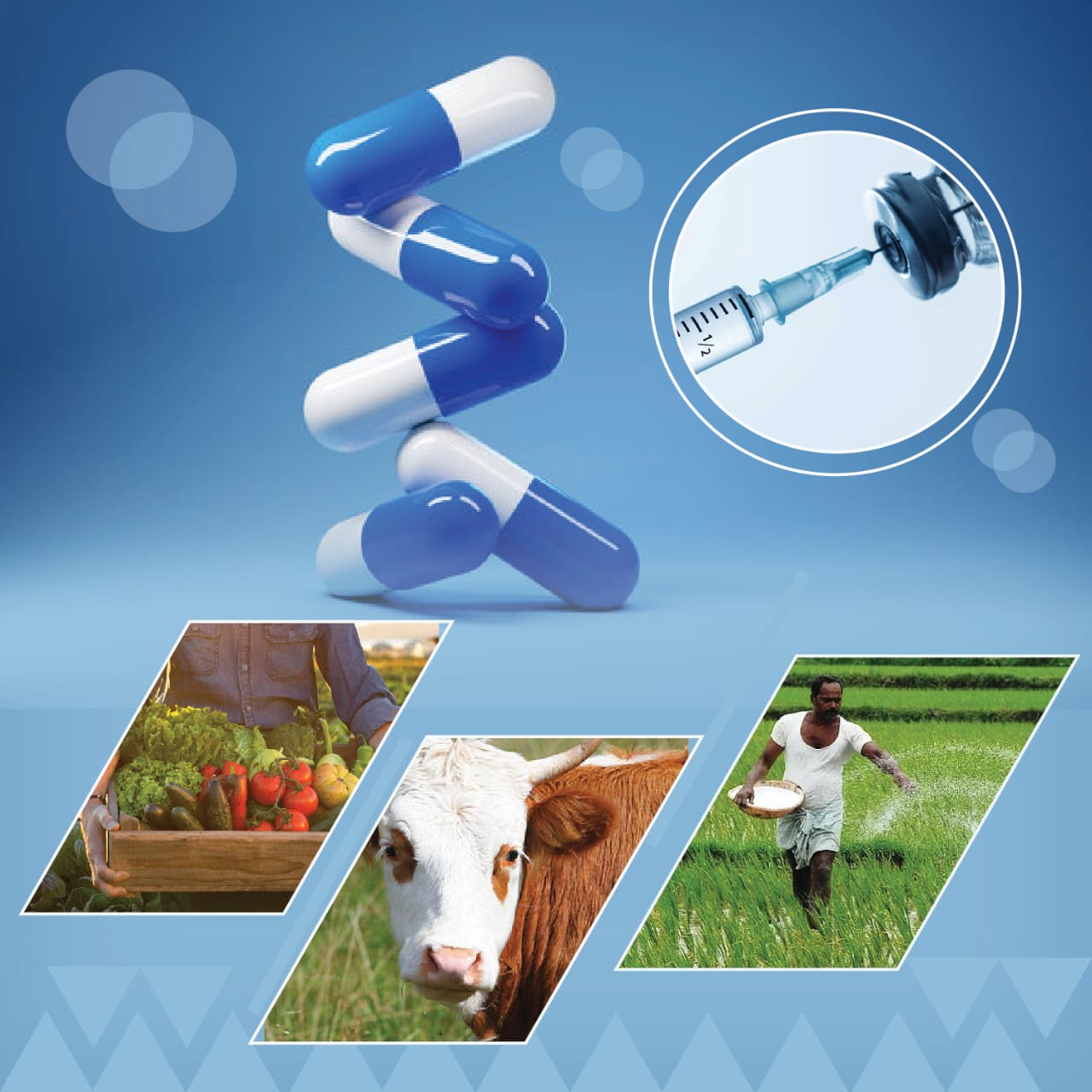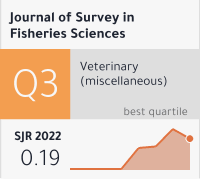Sero-Epidemiology Of Lumpy Skin Disease Virus, Swat Valley Switzerland, Pakistan
DOI:
https://doi.org/10.53555/sfs.v11i4.2900Keywords:
Lumpy skin disease, susceptibility, dissemination, Poxviridae family, Capripox genusAbstract
Lumpy Skin Disease (LSD) is a viral illness caused by the LSD virus. It ranks among the most economically impactful transboundary and emerging diseases affecting cattle. In Swat district, Khyber Pakhtunkhwa (KPK), an outbreak investigation was conducted from January 2023 to July 2023. In the latter part of 2022, an outbreak of Lumpy Skin Disease (LSD) affected all seven tehsils of Swat district, prompting a comprehensive investigation. Numerous animals underwent examination, and blood samples were collected from those actively infected. The Veterinary Research and Disease Investigation Center Balogram (VRDIC Balogram) played a central role in characterizing the virus using various molecular techniques and conventional PCR. Clinical examinations were conducted on both infected and in-contact animals, accompanied by a questionnaire survey designed to pinpoint potential risk factors associated with the disease. The findings indicated that LSD was present in 27.94% (443/1585) of the examined animals, with blood samples collected from 443 clinically positive cases for further laboratory analysis. Among different age groups, morbidity rates were notably higher in mixed breeds compared to indigenous breeds, detailed as 30% (52/170), 24% (38/160), 28% (34/120), 33% (20/60), and 53% (29/55). Mortality rates and case fatality were significantly elevated in young animals compared to other age groups. Conventional PCR confirmed that DNA extracts from blood samples collected from higher number of animals virus isolates were positive for LSDV The questionnaire survey highlighted communal points, such as markets, watering, and grazing areas, as common sources of infection, along with the introduction of sick animals to the herd. These findings provide valuable insights into the dynamics and risk factors associated with the LSD outbreak in the Swat district. In conclusion, the economic losses resulting from the LSD outbreak were substantial. Recommendations include enhancing diagnostic facilities, implementing strategic control measures, and raising awareness within communities for early detection and reporting.









